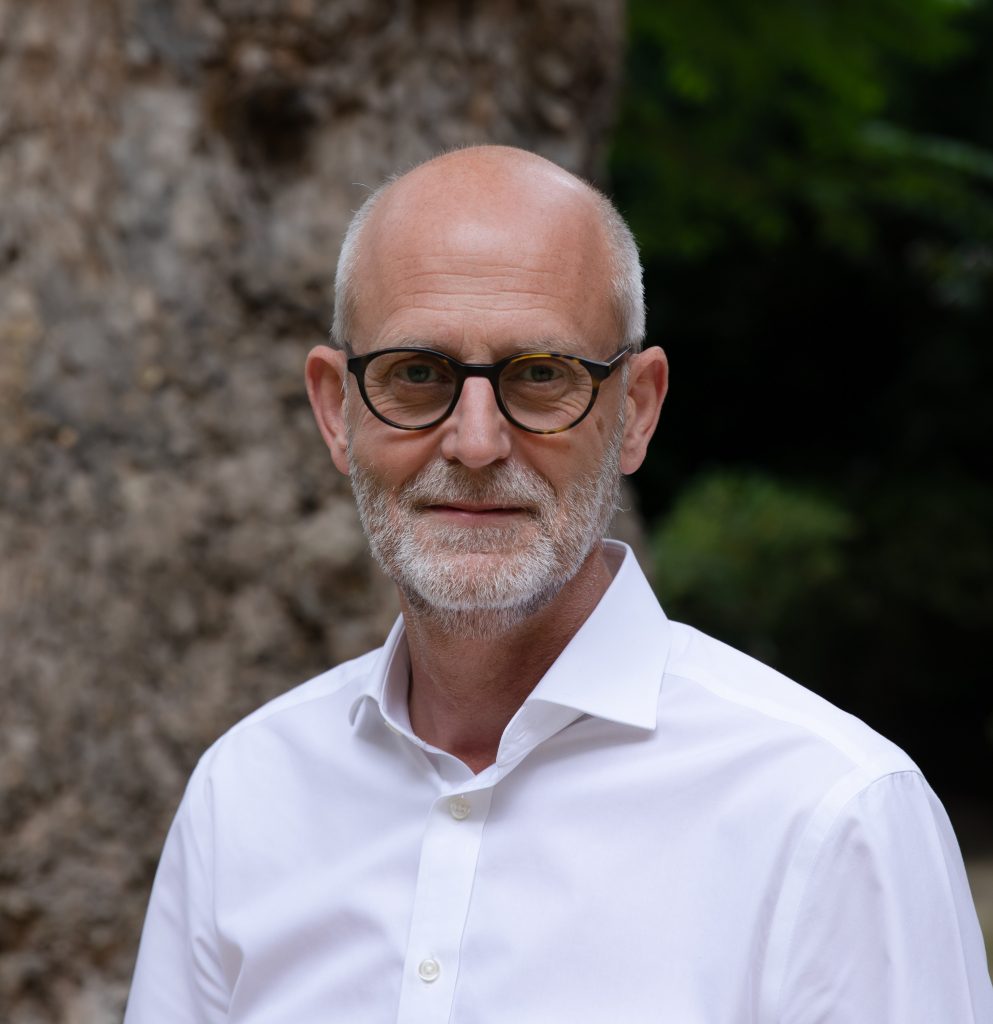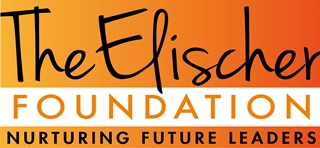Not another Covid related blog, I hear you cry, followed by ….please, at least say something different. Like you, I’m becoming weary of hearing about the “new normal” not knowing what it means, other than the prospect of fewer people working in central offices. Is that it, really is that what we’ve learned?

Well, what I want to talk about recognises the need for a measured but alternative response to these unprecedented times, because in my mind we are at risk of either creating a “new normal” ( I hate that phrase) that doesn’t have new rules or of following the tried and tested leadership models which are looking increasingly outmoded.
I came across this 2016 Harvard article written by Smith, Lewis and Tushman (see full article here: https://hbr.org/2016/05/both-and-leadership ) well before lockdown. I was pleased to revisit it, as it reminded me that leading authentically is difficult and complex, and especially so when the world as we know it has lost so many of its anchor points. The article seems more pertinent than ever to me as we witness Charities haemorrhaging 40-50% of their income, making mass redundancies, expecting staff to work completely differently whilst of course trying to deliver an ever -increasing demand on their services.
The article basically talks about the need to recognise the leadership challenge for what it is; “We all know that leaders who face contradictory challenges aim to provide a stable resolution —the implicit assumption being that stability is what organizations need in order to prosper.”
Because strong leadership is commonly associated with “consistent” thinking , clear “vision” and strong “direction” our default is to look to our leaders for these very qualities. We rarely stop to question whether they are really what’s needed. Somehow, we don’t expect our leaders to talk about uncertainty or admit to not knowing what the future may hold. And less so to show their emotional vulnerability or actively promote ambiguity over control. But are these qualities less plausible than claimed 2020 vision and unbridled confidence? In uncertain times why seek certainty?
The premise is straight-forward: all leaders struggle when they are confronted with conflicting forces, competing ideas and unprecedented choices. And when organisation’s grapple with opposing goals they usually see the solutions within simple either/or choices. But in reality, no leader can rely on a judgement that attempts to square the circle, without compromise and hidden cost.
The “Both/And” article (as it is named) argues for the creation of a dynamic equilibrium, which for anyone expecting to come out the other side of catastrophic change might provide some illumination.

Dynamic equilibrium embraces a state of conflicting choices and opposing goals, where leaders don’t think in an either/or mindset but think about both/and. They recognise that one size rarely fits all, that views contrast for good reason, that stakeholders have every right to hold differing expectations and one person’s perspective is as valid as another’s’ even when held in total opposition. They don’t promise certainty, they don’t make the mistake of thinking they will reduce their follower’s discomfort by exercising control and they don’t seek to create stability by minimising complexity.
There are 3 typical conflicting choices identified in the article that leaders face but don’t necessarily consider. Thinking about them helped me to reflect on why, throughout my career I found myself questioning my style, shifting allegiances and even switching views based on what or who I followed or represented. I often wondered if I hadn’t the right leadership skills because I lacked the conviction of others. Here are 3 choices presented as strategic paradoxes.
1 Are we managing for today or tomorrow?
2 Do we adhere to boundaries or do we cross them?
3 Do we focus on creating value for our shareholders or our broader stakeholders?
With the first we see leaders adopting positions based on operational circumstances. When financial threat looms for example , short term survival thinking kicks in, which is understandable, but have you noticed how many people just happily default to this position? And how frequently does innovation get kicked into the long grass or product development rejected because it doesn’t pay back in year 1? These traits clearly don’t protect the long-term interests of any organisation, but they prevail because they are celebrated as clear and strong.
With the second paradox; in times of uncertainty we tend to see shifts towards centralised decision making because they signal control and efficiency. But at what cost do we see the disintegration of locally held relationships? Perhaps strategic overview is best for the customer, but disempowerment carries a cost in itself. Setting out boundaries too strictly or clearly can trip up even the best of leaders. In my view it’s better to promote and preach empowerment from a point just beyond the non-negotiable boundary, those that are widely recognised as essential – like regulatory compliance for example.
And for the final paradox; in Charity world, creating value for the beneficiary is universally recognised as the purpose and reason for existence. So unlike commercial organisations who have to deliver a return to their shareholder, Charities in the strictest of senses are not beholden to anyone. But here lies the rub, because without the donor viewed as a shareholder the lifeline to the beneficiary is all too easily turned off. We are seeing many decisions just like that at the moment. My worry is that we won’t see the tap turned on again quite so quickly and what will that mean for Charities in the long run, have we seen the demise of fundraising as we know it?
We are therefore challenged to consciously re-examine implicit assumptions about leadership. That adopting a single position is fraught with risk because inevitably, the world is going to change.
The article offers three approaches that might just offer something fresh that encourages a shift for each of us:
From well-intentioned consistency to consistent inconsistency.
Recognising that the only thing we can be certain of is that nothing will ever be the same again. Yes, use predictive models, but context, pace, allegiances, interests and technologies are redefining what we want and need in real time. In these circumstances it’s not helpful to see leaders referring to tried and tested models relying on their judgement alone to navigate a way through. Be clear about your pursuit of inconsistency, it is surprisingly reassuring!
From scarce to abundant resources.
A mindset which simply refuses to confine resources to a line in a budget sheet or views a workforce as a removeable asset. Instead it sees endless possibilities through reinvention, collaboration, reprioritisation, creativity, personal development and opportunities through talented people.
From stability and certainty to dynamic change.
This approach emphasizes the value of experimentation and failure, spurring critical feedback to enable learning and ongoing adjustments. Leaders must be emotionally and cognitively open to the new, developing a management strategy of coping with, rather than controlling and minimizing ambiguity.
Executives must be able to appreciate multiple, often conflicting, truths. Their thinking needs to shift focus regularly and without the wild swings that can so easily confuse others. The difference is the normalising of micro-shifts on a seamlessly regular basis until a proximity of clarity emerges, knowing that it might well in itself be fleeting.
So, (and to parody plain English), how does one adopt a dynamic equilibrium that embraces paradoxical dilemma?
Well one approach is to look at how you can bring the arch-rivals of separation and connectivity to the same table. Simply put, if you can find a way to identify the synergies and linkages across differing goals that create bridges and integration but at the same time honour and respect the needs of groups with different agendas you may be in with a fighting chance.
My take-out, is that championing just one approach is a vice. Leaders need to show how they can appreciate multiple and conflicting truths. Not profit at the expense of customer value and not empowerment at the expense of strategy. A sentiment I particularly like is to not worry too much about being consistent. Instead embrace the paradoxes you confront by building dynamism and balance. Seek and manage connections whilst separating the imperatives that are in conflict.
It might not provide a blue-print for future leadership, but it provokes a different way of thinking and at a time when we are all grasping for something that doesn’t blandly promise recovery based on what went before, it might just be a good start.
Richard Taylor , August 2020
At Tony Elischer Foundation we develop future leaders, encouraging new ways of thinking and working for those who will face the challenges of leadership.
Applications are now being taken to join us as a mentor or mentee on our autumn 2020 programme, with more details at www.tonyelischerfoundation.org


[…] the future hold for fundraising in the UK? – Bernard Ross and Dana SegalDon’t worry too much about being consistent! – Richard TaylorIn memory giving and the impact of COVID-19 – Kate […]